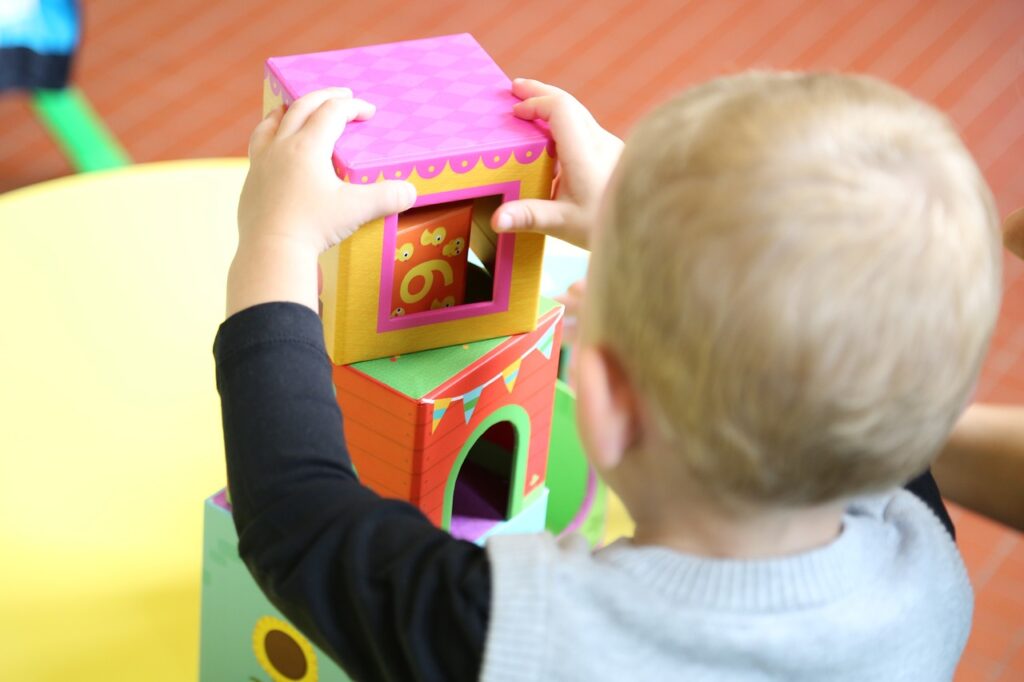
Childcare facilities play a crucial role in a child’s early development, and the physical environment plays a significant part in shaping their experiences. Creating a nurturing atmosphere through thoughtful interior design can enhance children’s well-being, learning, and overall development. This blog post explores the impact of interior design on childcare facilities and provides practical ideas for creating a nurturing atmosphere.
Understanding the Impact of Interior Design on Childcare Facilities
Research has shown that the physical environment has a profound impact on children’s development, behaviors, and emotions. Interior design elements such as colors, lighting, spatial configuration, and materials contribute to creating a nurturing atmosphere in childcare facilities. A well-designed environment can foster a sense of safety, promote positive relationships, encourage exploration, and support children’s overall well-being.
Incorporating Calming Colors and Lighting
Colors and lighting have a significant influence on children’s moods and emotions. Choosing a calming color palette for walls and furnishings, such as soft blues, greens, and pastels, can create a peaceful and soothing atmosphere. Natural lighting is also essential, as it helps regulate circadian rhythms and improves overall well-being. Soft and warm artificial lighting can be used to create cozy and comfortable spaces.
Creating Comfortable and Safe Spaces
Comfortable and safe spaces are essential for a nurturing childcare environment. Age-appropriate and ergonomic furniture, such as soft chairs and cushions, can provide comfort and support for young children. Designing cozy nap and relaxation areas with soft bedding and curtains can help create a sense of security and tranquility. Childproofing measures, such as securing furniture to walls and covering electrical outlets, ensure a safe environment for children to explore and play.
Including Nature Elements and Biophilic Design
Connecting children to nature through interior design can have a positive impact on their well-being. Incorporating natural elements, such as plants, natural materials like wood and stone, and nature-inspired artwork, helps create a sense of calmness, curiosity, and connection. Biophilic design principles, which integrate natural elements and patterns into the built environment, can foster a sense of harmony and promote children’s cognitive, emotional, and physical development.
Encouraging Exploration and Play
Creating spaces that encourage exploration and play is essential for a nurturing childcare environment. Open-ended toys, such as building blocks, art supplies, and pretend play materials, stimulate creativity and problem-solving skills. Designing different play areas to facilitate various activities, such as a quiet reading corner, a sensory play area, and a dramatic play zone, allows children to engage in different forms of play and satisfies their unique interests and needs.
Personalizing Spaces for a Sense of Belonging
A sense of belonging is crucial for children’s emotional well-being and development. Personalizing spaces within childcare facilities can help create a sense of ownership and identity. Displaying children’s artwork, projects, and photographs in common areas can showcase their creativity and create a sense of pride. Providing individualized spaces, such as cubbies with name labels or areas to display personal items, gives children a sense of ownership and belonging within the childcare environment.
Considering Sound and Acoustics
Creating a peaceful and quiet environment is essential for children’s concentration, communication, and overall well-being. Soundproofing walls, using sound-absorbing materials like carpets or acoustic panels, and providing quiet areas for reflection and concentration can help minimize distractions and create a conducive learning environment. Designating separate areas for noisy activities, such as active play or music sessions, can prevent disturbances in other parts of the facility.
Enhancing Organization and Storage
A well-organized environment promotes a sense of order and allows children to easily access materials for learning and play. Designing shelves, cubbies, and storage bins that are easily accessible to children can encourage independence and a sense of responsibility. Labeling materials and providing clear instructions for storage can help children develop organizational skills and maintain a clean and clutter-free environment.
Conclusion
Creating a nurturing atmosphere in childcare facilities through thoughtful childcare interior design is crucial for children’s well-being, comfort, and development. Incorporating calming colors and lighting, creating safe and comfortable spaces, including elements of nature, encouraging exploration and play, personalizing spaces, considering sound and acoustics, and enhancing organization and storage all contribute to a nurturing childcare environment. By prioritizing these elements, childcare facilities can provide children with a nurturing and supportive atmosphere that promotes their overall growth and development.

